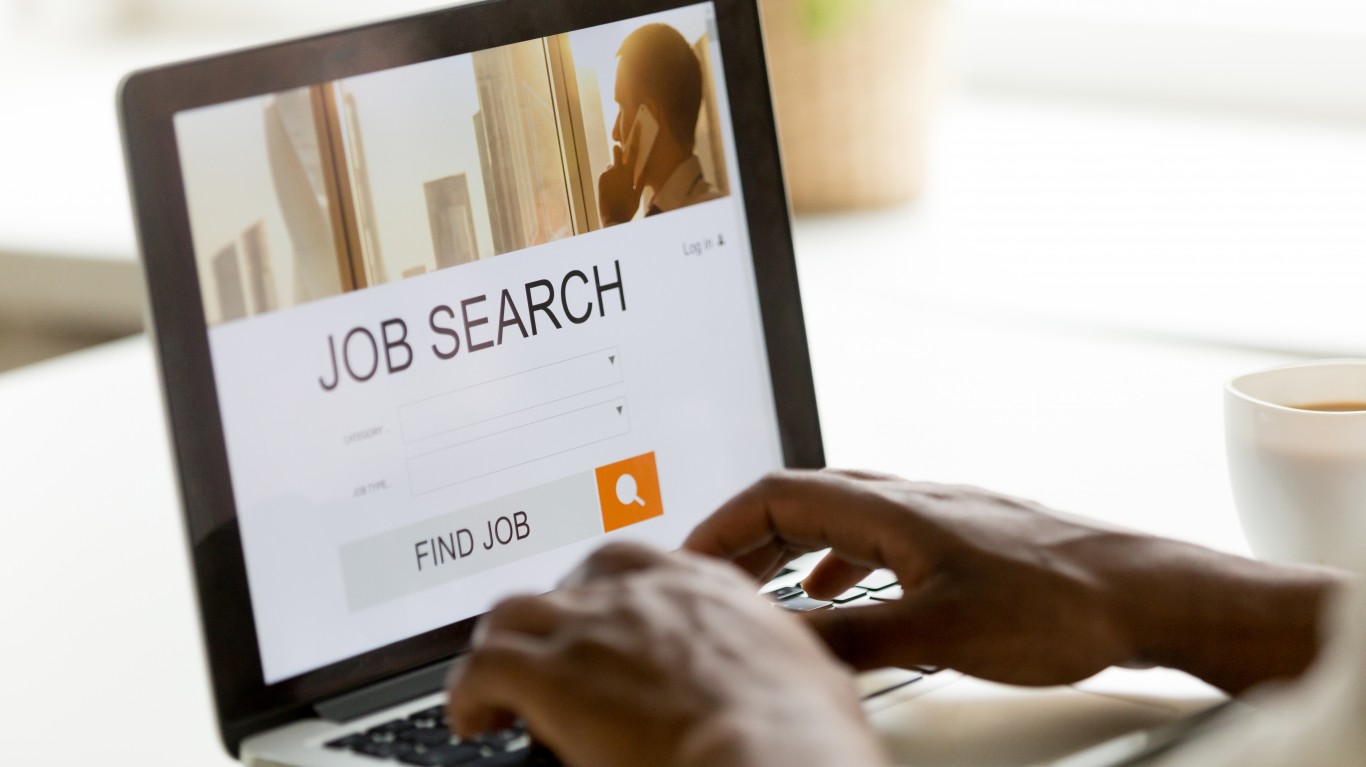
The financial markets and Main Street agree that each release of the U.S. Department of Labor’s Employment Situation report is one of the most important as a fair measure of the economy. After all, if there is a bad jobs market, then it may not matter what the other readings indicate.
Friday’s report showed that total nonfarm payrolls rose by 1.763 million in July. It also showed that the official unemployment rate fell to 10.2% from 11.1% in June. The Wall Street Journal’s consensus estimates were 1.482 million payrolls and 10.6% as the official unemployment rate.
One concern coming into this key jobs report was that ADP had set a much more cautious tone as its payrolls data were significantly weaker than expected. The Bureau of Labor Statistics (BLS) data indicated that the labor market improvements reflect the continued resumption of economic activity after having been shut down to help contain the pandemic. All in all, the United States has yet to recover half of the jobs that have been lost due to the instant recession.
July’s top industries for job gains were in leisure and hospitality (592,000 added), government (301,000) retail trade (258,000), professional and business services (170,000), other services (149,000) and health care (126,000).
The BLS’s household survey showed that the number of unemployed persons fell by 1.4 million to 16.3 million in July. Despite declines over the past three months, these measures are still up by 6.7 percentage points and by 10.6 million people since February.
The labor force participation rate was little changed at 61.4% in July, after increases in June and in May. The total employment rose by 1.4 million to 143.5 million in July.
There is still no unilateral direction in the duration of how long people are unemployed. The number of those who were jobless less than five weeks increased by 364,000 to 3.2 million in July, and the number of jobless persons who were jobless five to 14 weeks fell by 6.3 million to 5.2 million. The number of those who were jobless for 15 to 26 weeks rose by 4.6 million to 6.5 million people. The number of long-term unemployed (for 27 weeks or more) was counted at 1.5 million and was little changed over the prior month.
The stock market was somewhat directionless after a strong week of gains. The S&P 500 was up a point at 3,350 and the Dow Jones industrials were down 38 points at 27,348 after about 90 minutes of trading. The tech-heavy Nasdaq was up barely three points at 11,111. Bond yields were up marginally on Friday morning, with the 10-year Treasury Note yield up one basis point at 0.55% and with the 30-year Treasury yield up nearly two basis points at 1.215%.
It’s Your Money, Your Future—Own It (sponsor)
Are you ahead, or behind on retirement? For families with more than $500,000 saved for retirement, finding a financial advisor who puts your interest first can be the difference, and today it’s easier than ever. SmartAsset’s free tool matches you with up to three fiduciary financial advisors who serve your area in minutes. Each advisor has been carefully vetted and must act in your best interests. Start your search now.
If you’ve saved and built a substantial nest egg for you and your family, don’t delay; get started right here and help your retirement dreams become a retirement reality.
Thank you for reading! Have some feedback for us?
Contact the 24/7 Wall St. editorial team.
 24/7 Wall St.
24/7 Wall St.

